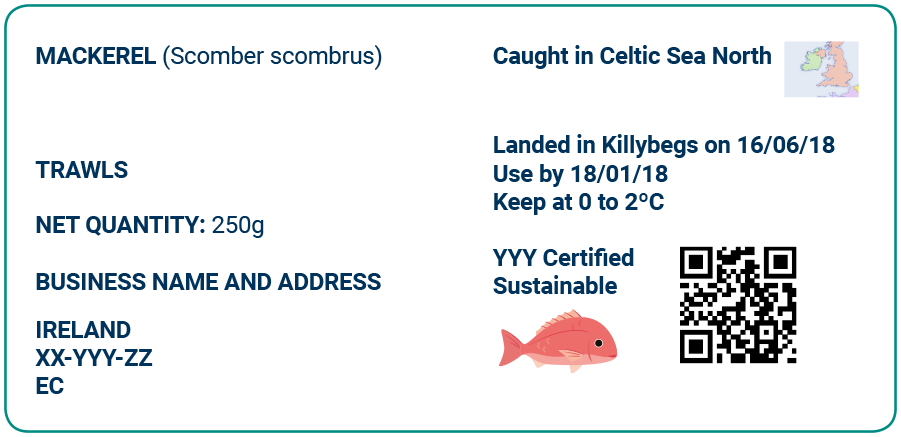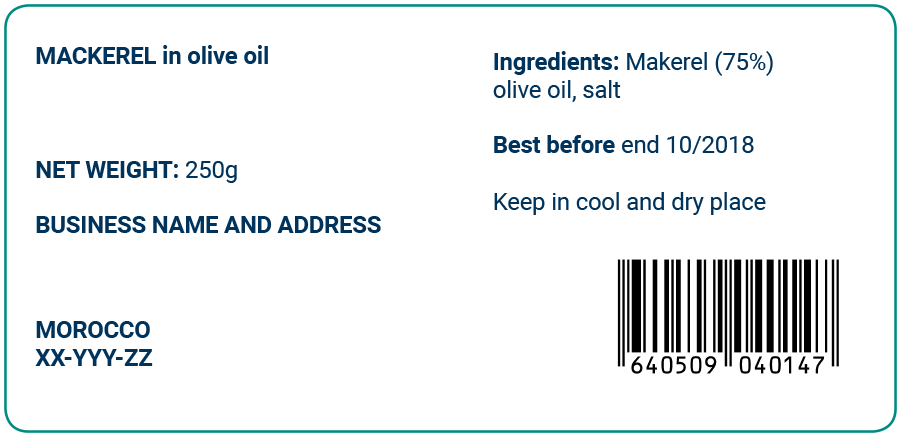The project
The general objective of SEATRACES is to demonstrate to stakeholders and consumers that Labelling and Traceability are essential to protect and valorize Atlantic Area’s fisheries and aquaculture.
Illegal fisheries, fraud and mislabelling are the main issues representing a serious risk to the existence of this important economic activity for the Atlantic Area Regions.
The main actors — producers, industry, markets and consumers — should be aware of the threat and the available tools which will empower them to adopt a responsible attitude towards the production, marketing and buying of seafood.
The Challenge
The maritime dimension characterizes Atlantic Area regions and the fact that their economies rely significantly in marine resources (1) illustrates this feature. However, some of these regions exhibit low innovation levels, especially in sectors, like seafood production, which also show the greatest potential for growth (2). This could be significantly boosted with the implementation of tools for differentiating their high-quality products.
SEATRACES challenge is to demonstrate that implementing these tools in Atlantic Area regions will foster competitiveness of the sector.
Two areas of the seafood sector have been selected for demonstration: Bivalve Culture (69% of EU production) (1) and Artisanal fisheries (3), both pillars of Blue Growth in these regions.
In Atlantic Area regions, more than 90% of businesses from both sectors are SMEs, threatened by their low innovation and a growing market from outside EU.
(1) Facts and Figures Common Fisheries Policy, 2016
(2) Strategic Environmental Assessment of transnational Cooperation Programme of the Atlantic Area for the programming period 2014-2020 (June 2014)
(3) García-Flórez et al. (2014). A novel and simple approach to define artisanal fisheries in Europe, Marine Policy. 44 152-159
![]()
Traceability & Labelling are tools contributing to guarantee the identity of seafood
![]()
Mislabelling
names
Control Tools
Transparency
The Objectives
Based on these findings, SEATRACES will:
SOPs
Tools
Standarisation
CONSUMERS
Industry
ICTs
Seafood labels
Regulation (EU) No. 1379/2013
Regulation (EU) No. 1169/2011
SEATRACES will develop new standard methods to control the veracity of some of the information required in Regulation (EU) No. 1379/2013
Commercial and Scientific Names using DNA methods
Production method
Geographic origin (in some particular cases)


